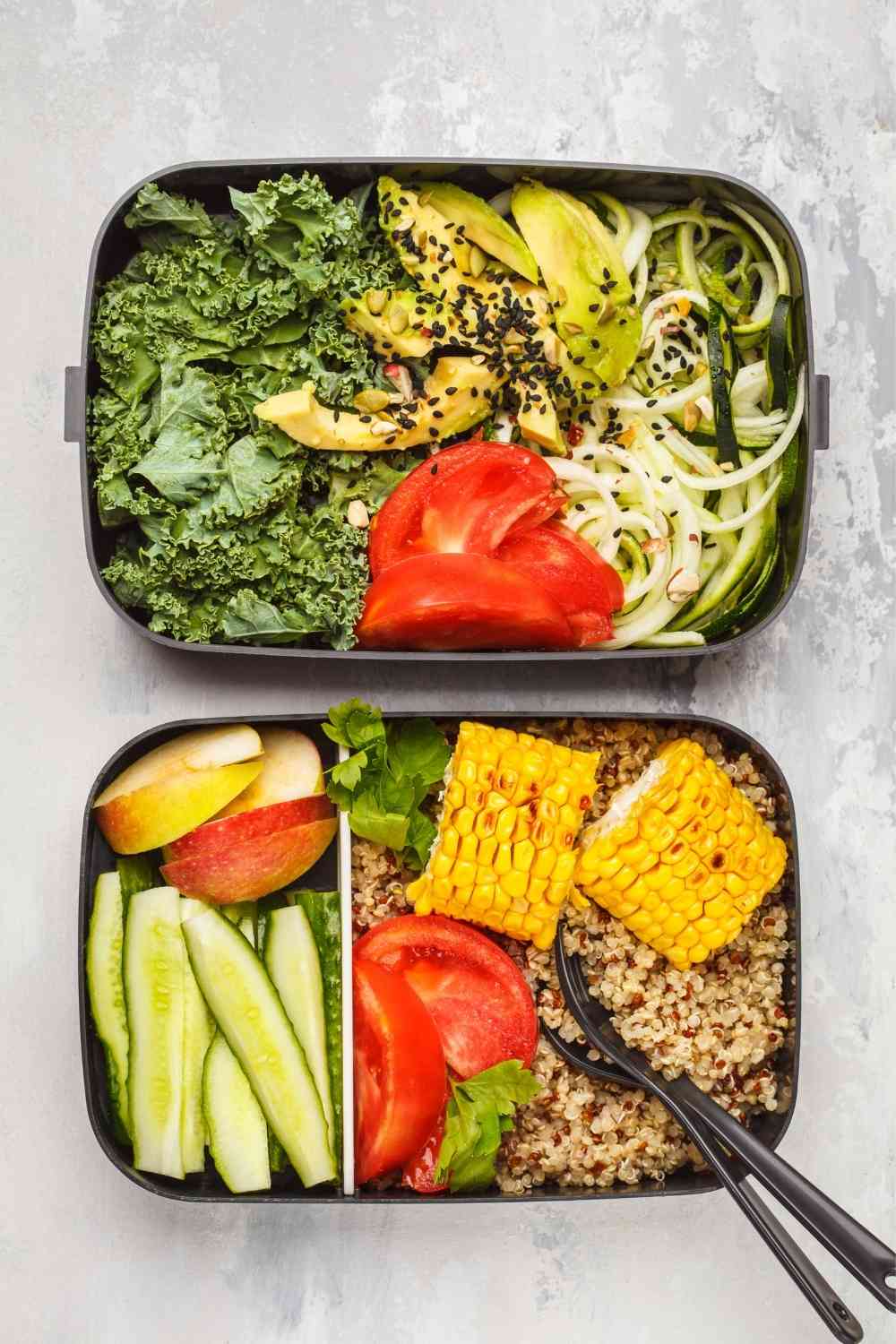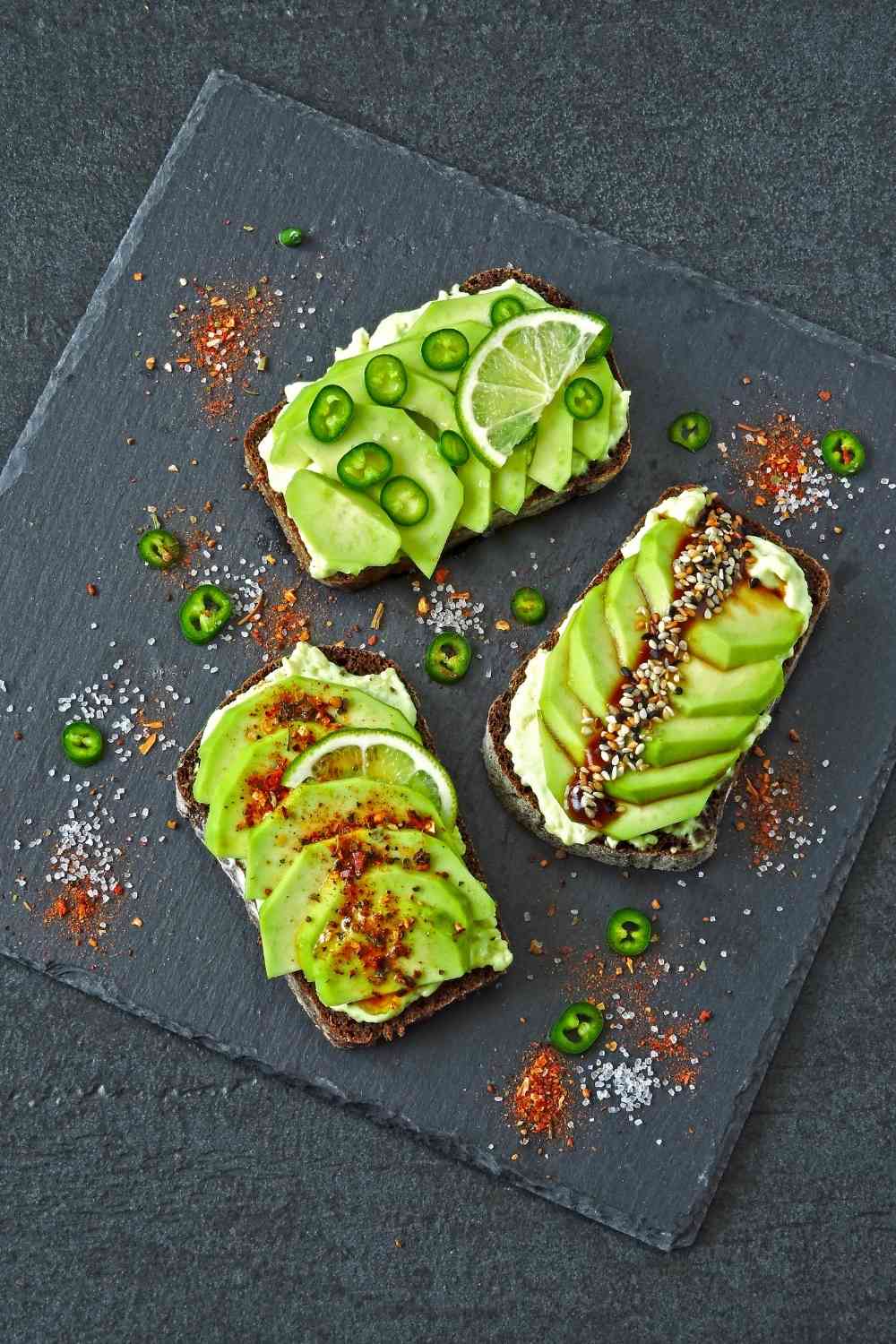Low-carb diets exist in a variety of formats, each with its own set of guidelines to follow. Weight reduction, blood sugar stability, mood modulation, and even a reduced risk of cancer and cognitive decline are all common advantages.
The ketogenic and Paleo diets are two of the most popular low-carb eating plans currently in use. They both emphasise clean eating and a reduction in carbohydrate consumption, although for different reasons.

While the consequences of these diets may seem to be fairly similar, the way they are implemented differs. There are several factors to consider while deciding between Paleo and Keto. One could be more suited to your lifestyle, interests, and objectives. Let's look at the fundamental distinctions between the two diets and what you should think about while deciding which to follow.
What is the Ketogenic Diet, and how does it work?
The keto diet eliminates carbohydrates to help the body enter ketosis, which means it encourages the body to use fat instead of sugar for energy. The body breaks down fat into ketones while it is in ketosis. The ketones are then used as the body's principal source of energy. This diet has been demonstrated to help people with obesity, epilepsy, and diabetes, as well as slowing the course of neurological diseases including Parkinson's and Alzheimer's. In one research, more than half of those who followed a ketogenic diet were able to reverse their metabolic syndrome; in another, a keto diet was shown to assist cancer patients to decrease tumour development. Women's weight reduction has been demonstrated to be considerable while following the keto diet.
The keto diet restricts grains, fruit, and legumes while emphasising fats such as coconut oil, avocado, butter, nuts, and olives. The focus is on cutting carbohydrate consumption to less than 10% of daily calories and replacing them with fat.
On the keto diet, you may consume a variety of foods.
You may anticipate consuming high-fat, moderate-protein, low-carb items on a keto diet. This translates to:
- Beef, pig, bacon, chicken, turkey, and fatty fish are examples of animal proteins.
- Eggs
- Milk, cream, butter, and cheese are examples of dairy foods.
- Seeds and nuts
- Olive oil, coconut oil, and avocado oil are examples of oils.
- Avocado, green leafy vegetables, tomatoes, onions, peppers, and fresh herbs are all low-carb plant foods.
Sun-dried tomato, rosemary, and goat cheese frittata muffins; bacon, macadamia, and avocado salad; and creamy cilantro chicken skillet may all be part of a well-balanced keto meal plan.
On the keto diet, there are a few foods to stay away from.
Because ketosis occurs only when the body's carbohydrate stores are exhausted, the keto diet prohibits:
- Any kind of grain or starch, raw or processed (this includes baked goods, cereals, rice, quinoa, and pasta)
- Legumes and beans
- Root vegetables, tubers, and high-carb veggies like potatoes and carrots, save in modest amounts of low-sugar berries or citrus
- Sweet foods and sugars, such as soda, juice, ice cream, and candy
- Honey, maple syrup, and agave nectar are examples of sweeteners.
- Hydrogenated and refined oils
What is the Paleo Diet, and what does it entail?
'What is the Paleo diet and what is it good for?' Many people wonder. The Paleo diet, also known as the Caveman Diet, eliminates carbohydrates from grains and sugar, as well as any processed foods, with the goal of eating as similar to one's ancestors' diet as possible. In the Paleolithic period, there was no agricultural system for cultivating grains, and followers of the Paleo diet believe that humans have not developed sufficiently since then to manage the digestion and processing that grains need. The notion goes that eating grains encourages "modern" ailments like cancer, neurodegeneration, and diabetes, but following a Paleo diet eliminates carbohydrates and leads to weight reduction and lowered insulin resistance.
Paleo foods are foods that are low in fat, high in protein, and low in carbohydrates.
Paleo focuses on eliminating carbs from sources that aren't found in the wild, as well as dairy, another item that our forefathers didn't eat. When following the paleo diet, you have access to a wide range of full, unprocessed foods, including:
- Beef, poultry, pig, game meats, fish, and seafood are all examples of animal proteins.
- Eggs
- Vegetables, including sweet potatoes and other tubers
- Nuts and seeds from fruits
- Healthy fats and oils, with a preference for less processed plant-based oils such as coconut, olive, and avocado oils.
- Fresh herbs and the majority of spices
- Maple syrup and honey are examples of natural sweeteners.
Spice-rubbed chicken with avocado salsa and grilled turkey sausage with tomato and peppers are examples of Paleo meals.
Paleo foods to stay away from
The Paleo diet focuses on avoiding overly processed, sweetened, grain-based, and dairy-based meals. This entails removing:

- Sugar and artificial sweeteners, as well as meals containing them, such as baked goods, candy, drink, and even condiments like ketchup and barbecue sauce
- Breads, pasta, cereals, rice, quinoa, and maize are all examples of grains.
- Legumes
- Milk, cheese, yoghurt, and ice cream are examples of dairy products.
- Soybean oil, sunflower oil, maize oil, and safflower oil are all examples of vegetable oils.
- Trans fats and hydrogenated oils, such as those found in margarine, are harmful to your health.
Keto vs. Paleo: A Comparison
Paleo and keto seem to be quite similar on the surface, particularly when comparing approved and disallowed items. While they share certain similarities, there are a few key distinctions that may make one of these diets more suited to your requirements and interests.
A venn diagram comparing the Paleo and keto diets and what you may eat on each diet is shown in this infographic.
Paleo and keto have a lot in common
The Paleo and keto diets are both excellent guidelines for healthy eating. Their meals are based on minimally processed, whole foods, which means no highly processed foods, sugar, or certain kinds of oils are used.
Animal protein is used in both programmes. Paleo emphasises free-range and wild-caught meats and fish when it comes to sourcing. Keto is less picky about where animal proteins originate from and instead favours leaner cuts of meat and fish.
Dietary Ketosis
Both programmes eschew legumes and grains when it comes to carbs, although they do include them in moderation. The Paleo diet uses protein and fat to power your body, but the Keto diet uses fat to fuel your body, which is then converted into ketones. As a consequence, both diets may help you lose weight.
Both diets have a high-fat component. Nuts, seeds, avocado, and healthy oils are all popular. This is to keep ketosis going in keto; in Paleo, it's more about keeping satiety and remembering how these fats would have supplied essential nutrients millennia ago.
Paleo vs. Keto: What's the Difference?
When it comes to Paleo vs. Keto, the major difference is the range of foods allowed on each: Paleo is more adaptable, focused on reducing the number of foods ingested, while keto's restrictions are fairly strict.
The fundamental goal of a keto diet is to maintain the body in ketosis by limiting carbohydrates. This entails eliminating a wide range of plant foods, including a variety of vegetables and fruits. When these nutrient-dense foods are removed from the diet, it's critical to get balanced nourishment from other sources.
Most vegetables and fruits are allowed in Paleo since the emphasis is on the quality and relative completeness of the meal rather than the carbohydrate quantity.
The keto diet is less concerned with the origin of fats and more concerned with the amount of fat ingested. This implies that dairy and certain oils are permissible on the ketogenic diet, even if they are not allowed on the Paleo diet.
Keto's Advantages and Disadvantages
Keto, like any other diet, has advantages and disadvantages. Knowing the benefits and drawbacks might help you decide whether it's good for you.

Keto's Advantages
- The keto diet has been shown to be an efficient way to lose weight quickly.
- Keto allows you to eat high-fat items that other diets prohibit.
- Going keto may help avoid diabetes, regulate some conditions, and provide health advantages such as lower blood sugar levels.
Keto's disadvantages
- The keto diet's stringent nature makes it tough to maintain over term.
- Restriction on specific foods that supply nutrients and calories might lead to nutritional insufficiency. As a consequence, some individuals may have "keto flu," which includes brain fog, fatigue, and constipation.
- On the keto diet, consuming more saturated fat may have a detrimental influence on your heart health.
Paleo Advantages and Disadvantages
It's also crucial to comprehend the Paleo diet's benefits and drawbacks.
Paleo Advantages
- Processed foods are eliminated from your diet and are no longer a worry when you consume solely real foods.
- Consuming healthy fats has been shown to improve cardiovascular health and reduce the risk of type 2 diabetes.
- Many individuals see long-term weight reduction and increased glycemic tolerance.
Paleo's Drawbacks
- Paleo's emphasis on high-quality whole foods implies that it has the potential to be costly.
- Reduced calcium levels, as well as low bone and dental density, may be caused by a lack of dairy products.
- Eliminating whole grains reduces fibre consumption, which may be detrimental to gut health.
The Final part
When deciding between Paleo and keto, the most crucial elements to consider are your health objectives and if one of these diets is a better match for your lifestyle. Either diet might be a good match if you're wanting to lose weight, treat a metabolic problem, or lower your risk of certain illnesses. However, your level of activity, the amount of time you have to shop for food and prepare meals, and any pre-existing health concerns may restrict which of these programs are appropriate for you. Before making a big dietary change, talk to your doctor or a qualified nutritionist, particularly if you have a pre-existing health problem.




